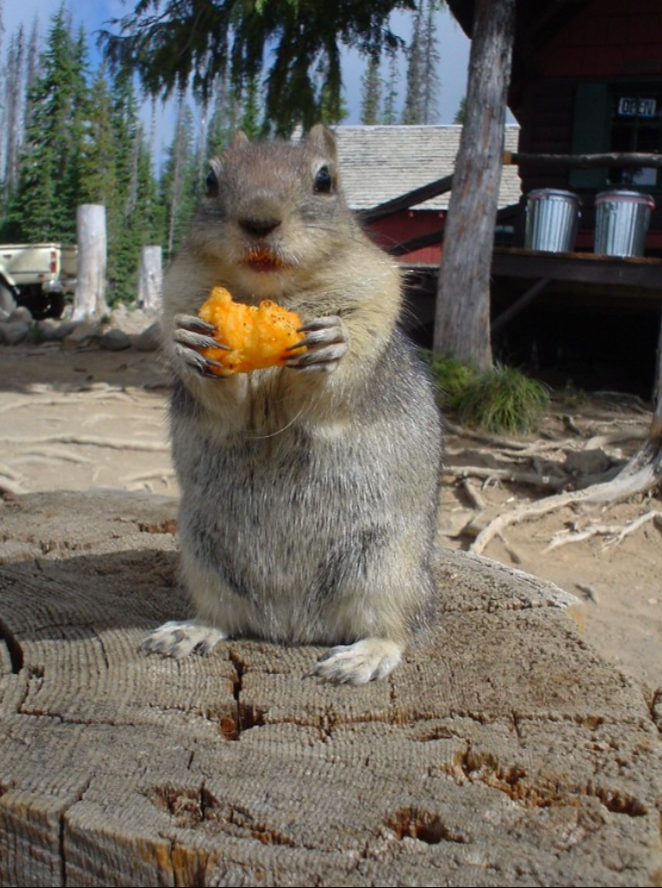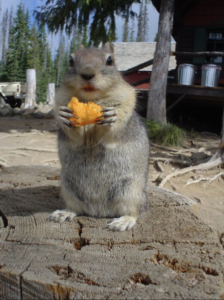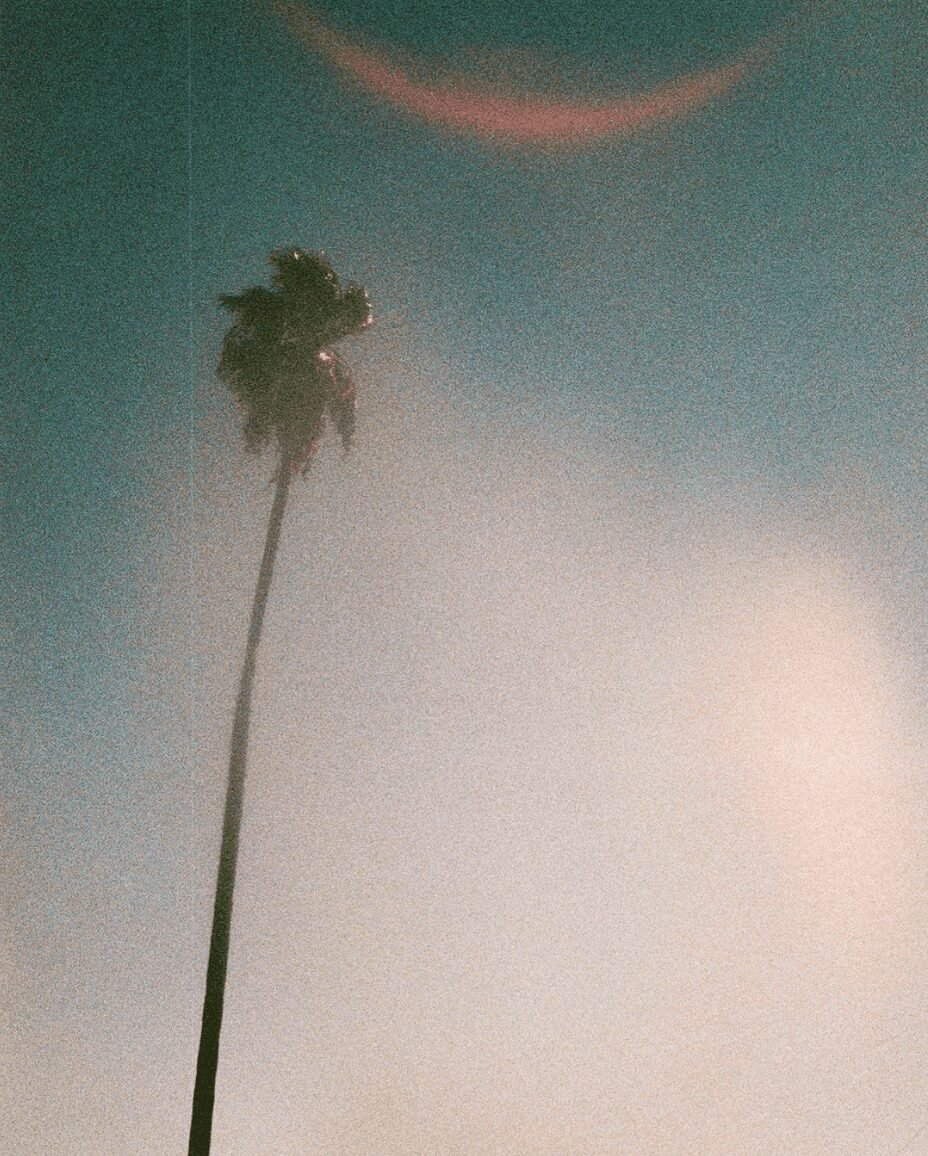I know you’re probably thinking, hey Kate, why do I need to read your blog post about Cheetos when I can just go and read their entire history laid out on Wikipedia? Well, I already did that.
Realistically you don’t need to read either of these, but we’re here for the fun, and I’m almost certain that my blog post will have more fun anecdotes thrown in than Wikipedia does. No offense to them. They have a system that works, I have mine. So if you’re going to intake this info in any version, you might as well do it here. And thank you for that.
First off, I’d like to ask you one very important question that first got me researching Cheetos in the first place:
Do you even know what a Cheeto is?
(If you’re time traveling and reading this prior to 1998, you might better know the snack name as the branding was stylized then, the Chee-to.)
What is a Cheeto
A Cheeto is corn. It’s classified in some corners of the snack world as a “cheese curl/popcorn.” That’s not really how I would describe it, but then again I’m no snack industry expert. I’m hardly even a hobbyist, more like a dabbler fulfilling a random curiosity.
If you’ve read this sure but are still not sure why you should care about Cheetos or their massive success, I’ll tell you why. They’re doing big things. The globally loved cheesy cheese curl that is Cheetos makes Frito-Lay and it’s parent company PepsiCo somewhere around $4 billion a year in annual retail sales.
That’s a lot of dollars and even more Cheetos. As someone who works in branding and marketing—and more specifically, in storytelling—what a treat to unravel. How did this happen?
Is it pure deliciousness and the addictive nature of cheese x crunch? Or is something more, like an endless marketing budget?
Let’s Talk Taste: Cheetos Flavors
Everyone’s favorite Cheetos flavor, Flamin’ Hot Cheetos, (if you’ll let me speak for all of us here), was invented by a janitor who specifically observed that the brand did not have any products targeting Latinos.
Richard Montañez saw a missed opportunity and decided to act on it. We thank him for that. It was a great idea for a product that lassoed us all in. We very much love breathing fire and staining our fingertips red. “Wow these are hot,” we inhale as we send another round in the mouth’s direction.
When I read this fact about Richard Montañez, I of course wanted to know how all of this went down. Did Montañez straight-up schedule a meeting to pitch this genius idea? Was the idea discussed in passing and so gloriously received that it caught the fateful wings of spicy flight and spread through the workplace like Flamin’ Hot wildfire?
Also, I must know, did Frito-Lay/PepsiCo handsomely reward Montañez for the flavor idea that the Washington Post would ultimately call a “cultural phenomenon?”
As it turns out, Montañez did in fact just call up the CEO with his new idea, and now he’s an executive at PepsiCo. That my friend, is called making sh*t happen.
In my researching of this story I also discovered that someone else has already realized what a great one it is.
Fox Searchlight is reportedly making a movie about it, which will be called, wait for it…’ Flamin’ Hot.’ Eva Longoria reportedly signed on to direct in 2019.
That’s all we know about that (on the internet at least), so hold your film-related questions for now.
Let’s switch gears.
Cheetos PR
Since we know how attention grabbing Cheetos can be, this seems like a good time ponder whether anyone was prepared for the day that rapper Lil Xan would claim that eating too many hot Cheetos ripped his stomach and sent him to the hospital.
He called the snack food, and I quote, “one hell of a drug.”
This is a slightly different vibe for the snack phenom. Not just delicious, not just dangerously cheesy, but dangerous? I’d love to know how Frito-Lay/PepsiCo’s PR team handles such matters. Was this a setup? A perceived tarnish to squash? Just a random case of “oh well, no press is bad press”?
Most importantly: did Lil Xan impact the sales of Cheetos in any way?
Frito-Lay/PepsiCo, feel free to reply at your earliest convenience. You can make out my letter to Curious Kate. Throw in some of your hottest Cheetos while you’re at it. Maybe the baked ones, which I didn’t even know existed until now.
(I couldn’t find a single fair use image of Lil Xan and Cheetos, otherwise I obviously would have included one here. So, sorry about that.)
Now, when it comes to Cheetos flavors, there are not just regular cheesy Cheetos and Flamin’ Hot Cheetos. No. That would be ridiculously limiting for a snack conglomerate that cashes in on the guarantee that you’ll need to snack on their snacks endlessly for all of time.
There are, as it turns out, 21 different types of Cheetos in North America alone, and in addition to that, regional varieties of the snack can be found in 36+ countries*.
*Wikipedia says “over 36 countries.” What does “over 36” mean? 37? 40? We’ve got 36 at the time of writing but could be 37 any day now? That sounds like a descriptor that one might vaguely add to casting breakdown so as not to offend anyone. “Mary: Ethnically ambiguous, over 36.”
Australia already had a rough year** with the fires so I feel kind of bad saying this, but the only type of Cheetos they have over there is a flavor called “Cheetos Cheese & Bacon Balls.”
I mean, sure, those are probably delicious and perhaps even more so while being munched in the outback. But a little heavy for a snack, no? A bacon ball? That just hits me as so far beyond a cheese curl. But it’s nothing compared to some of these other countries.
**I wrote this before we entered a global pandemic, so realistically a lot of people are having a rough year. Sort of changes the way my Australia empathy reads there.
Let’s jump over to Pakistan where they’ve got a Cheetos flavor called “Ocean Safari.” It begs a few questions. My best guess is that fish sauce is involved here, but the safari reference is giving me thoughts of a group activity. Like, hopping on the submarine ride at Disneyland. Or, the safari one. I mean the image has gone way beyond snacking.
What exactly are we witnessing on this ocean safari that procures a tasty taste worthy of becoming a Cheeto? I told you, I have a few follow up questions I’d like answered.
Let’s now visit the Cheetos of Japan, where the creative flavors evoke a spunky youthful energy that sounds like things kids*** tried to make at home in their own kitchens and got in trouble for.
That’s right, I’m talking Pepsi-flavored Cheetos! Mountain Dew-flavored Cheetos! And the corn snacks covered in icing that are simply called “Strawberry Cheetos!”
***By kids I mean me and my best friend Stephanie who used to mix up a mysterious sugar sludge topping for Graham crackers. As well as everyone else who utilized free reign at fast food restaurant soft drink machines to mix all the sodas together to make a “gummy bear” flavored drink.
1998 Anytown U.S.A.: “Bethany! For the last time, what did I tell you about dipping your Cheetos in your Mountain Dew! Cut it out!”
Anyway. China also has flavors like “Zesty Japanese Steak,” as well as my personal favorite (by which I mean least favorite), “Savory American Cream.” Before we get into how much I don’t like the name Savory American Cream, I will say kudos to China’s Cheetos for using all the fun adjectives. Those I get. But Savory American Cream does not sound like an air-filled cheese curl. It sounds like the title of something that only adults can watch.
This would be a good time to veer into the topic of Cheetos branding.
Cheetos Would Not Be Cheetos Without a Cheetos Mascot
Whatever you do, don’t mention that “adult” reference I just made to the first Cheetos mascot, The Cheetos Mouse, because he was specifically branded to speak in an “upper-crust” accent. That mouse was posh.
That’s right, the early Cheetos Mouse of the 1970s was branded as wealthy, and therefore really giving off the vibe that when it came to the social and political power of the snack world, he was the one who wielded it.
I really doubt that a mouse of such prestigious stature would [admit] that he watched any Savory American Cream. I’d kind of be surprised if he actually ate the stuff at all. But the more modern, and just dripping with cool Chester Cheetah on the other hand…he’s another story. Now that guy is high energy.
Just look at the scene on this sweatshirt. Look at how that bad boy cheetah so deviously pours ranch dressing into a mortar full of chilis. It’s powerful imagery.
But there’s not much of a contest between a mouse and a cheetah, anyway, is there? Don’t tell Mickey**** I said so.
****I don’t know why Disney keeps coming up in this blog post about Cheetos. It just goes to show how powerful they are, doesn’t it? Or maybe it’s subtle foreshadowing about the fact that I will write a blog post about the history of Disney. Who knows.
Well our beloved Chester Cheetah stuck, and from 1997 onward, he has used the catchphrase “Dangerously Cheesy,” as you probably know very well.
It’s so edgy. A little slick. Especially in comparison to the Cheeto’s of snack time past…
Before that catchphrase came to be solidified in history, the Cheeto’s catchphrase had been:
“It’s not easy bein’ cheesy.”
But as we all know, it most definitely is.
P.S. I spent like two minutes reading the usage rights of this squirrel photo that was uploaded to Flickr in 2009, just to make sure that we’re in the clear, so I hope you enjoy it. If you do a Google search for animal eating Cheeto you will met with A LOT of imagery. But once you toggle for creative commons usage, only Flickr user Anna has got our back. Thanks Anna and squirrel!






